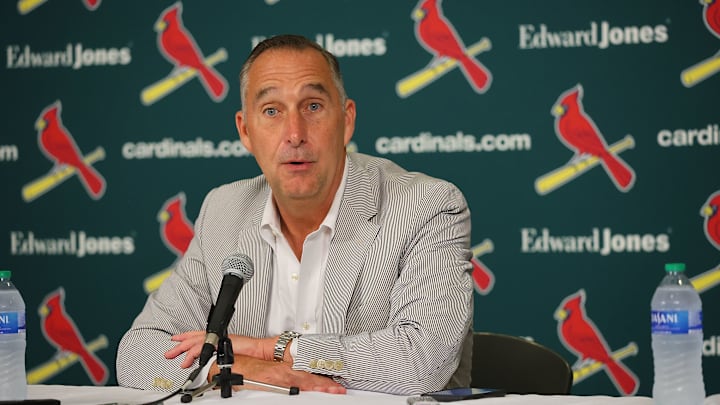Jason Heyward
After trading for Jason Heyward to fill their right-field void for the 2015 season, the Cardinals were aggressive in their attempts to re-sign him, reportedly offering over $200 million to the outfielder. Instead, Heyward turned down offers of over $200 million from the Cardinals, Angels, and Nationals to sign a eight-year, $184 million deal with the Chicago Cubs.
Heyward helped the Cubs go on to win the World Series in 2016, but his contract ended up being a terrible one overall for the club. Again, like David Price, the Cardinals avoided a major mistake by not getting Heyward.
This once again showed the willingness St. Louis had to go out and offer one of the best deals possible to one of the best free agents on the market. Heyward has other motives though that led him to become a Cub instead.
I'm not going to tell you that this guarantees the Cardinals will be making a massive signing this offseason. I won't even try to say that you should not be skeptical of them doing so. But what I do think these four examples show is that St. Louis has gone after top-end talents when they felt like they needed to. Do I find it frustrating that there are really only four examples in the last decade? Of course. But I think it does show that there is precedent for this kind of move, and I really do believe the Cardinals are ready to be aggressive in the starting pitching market.
